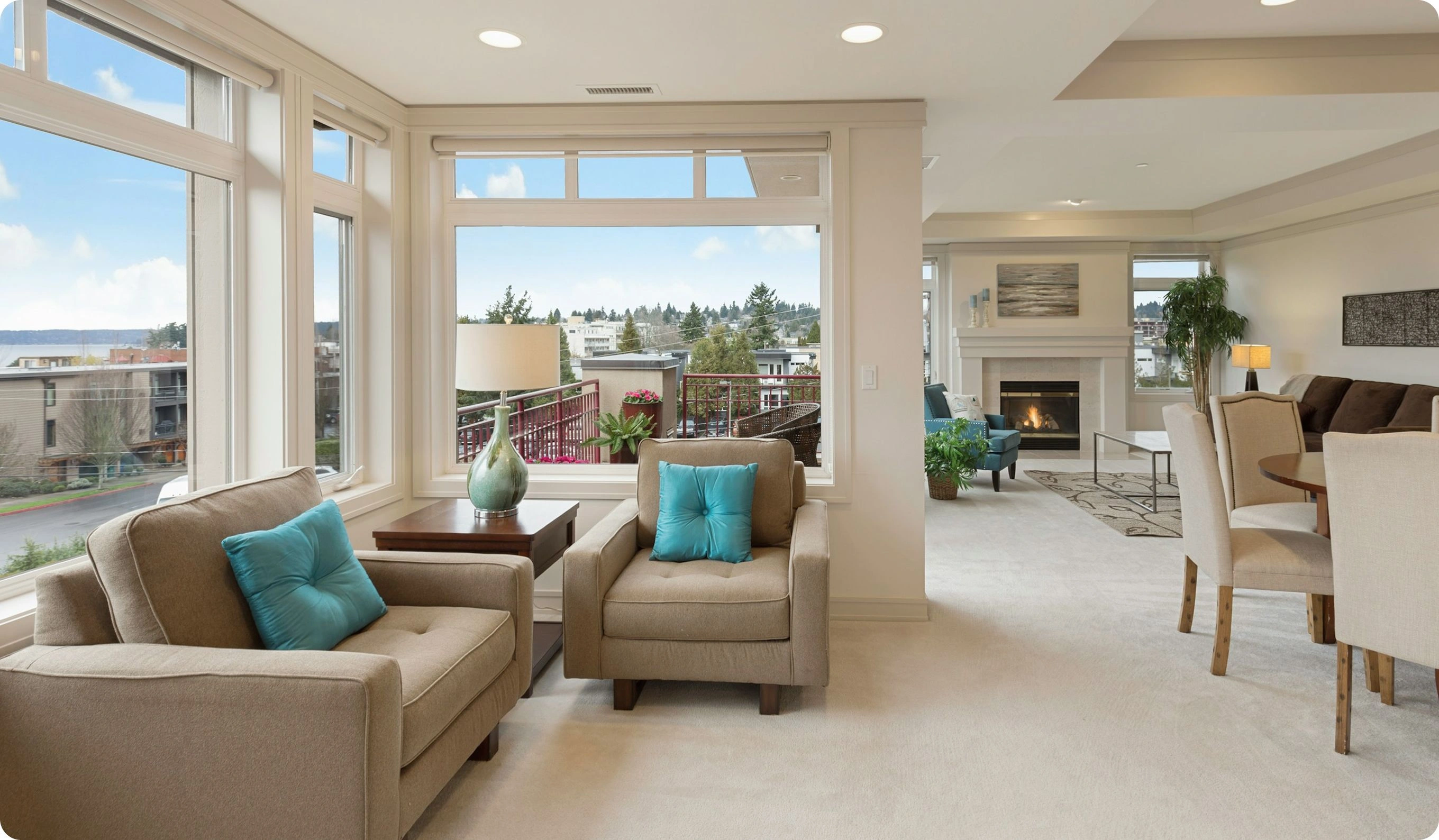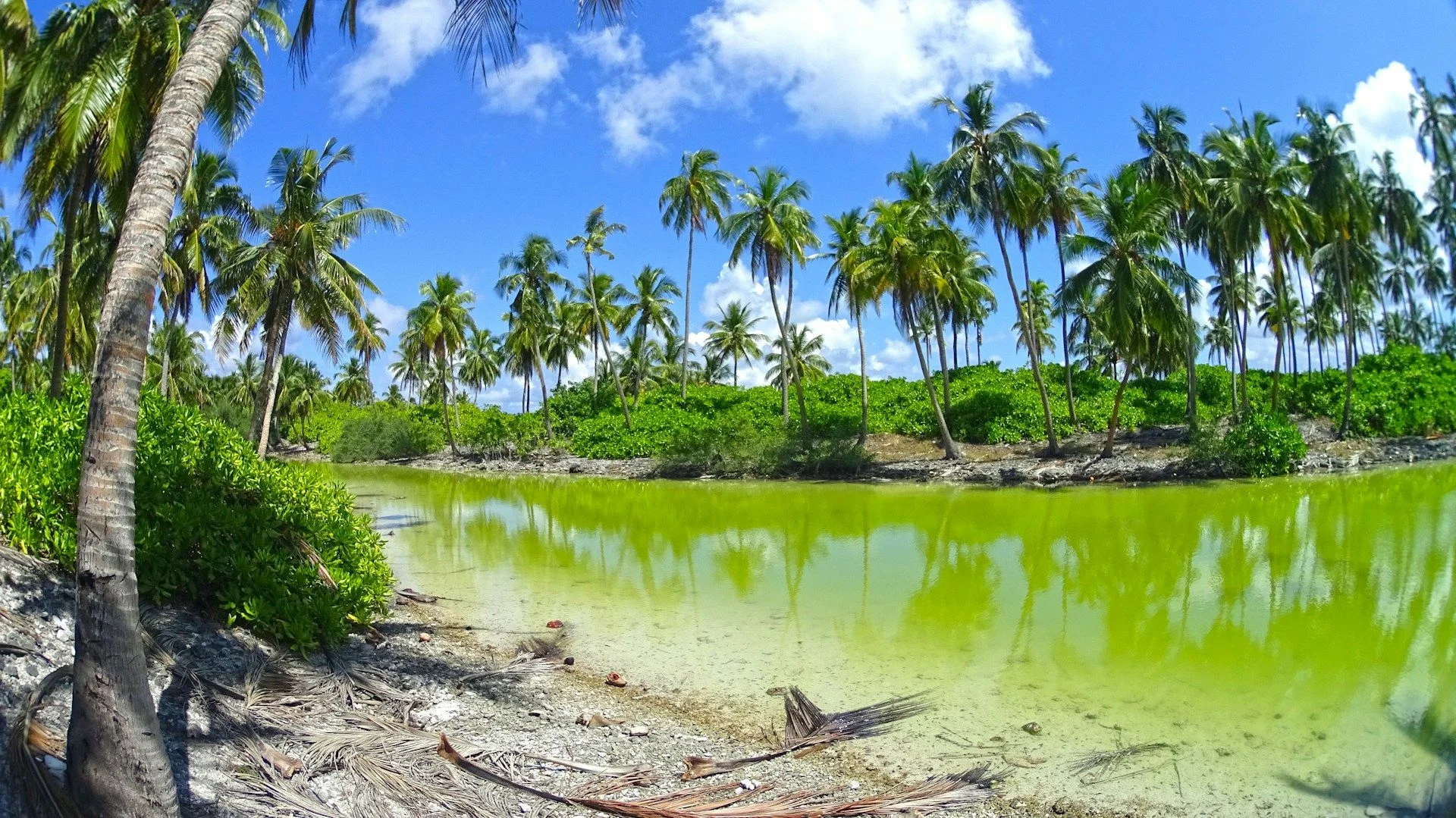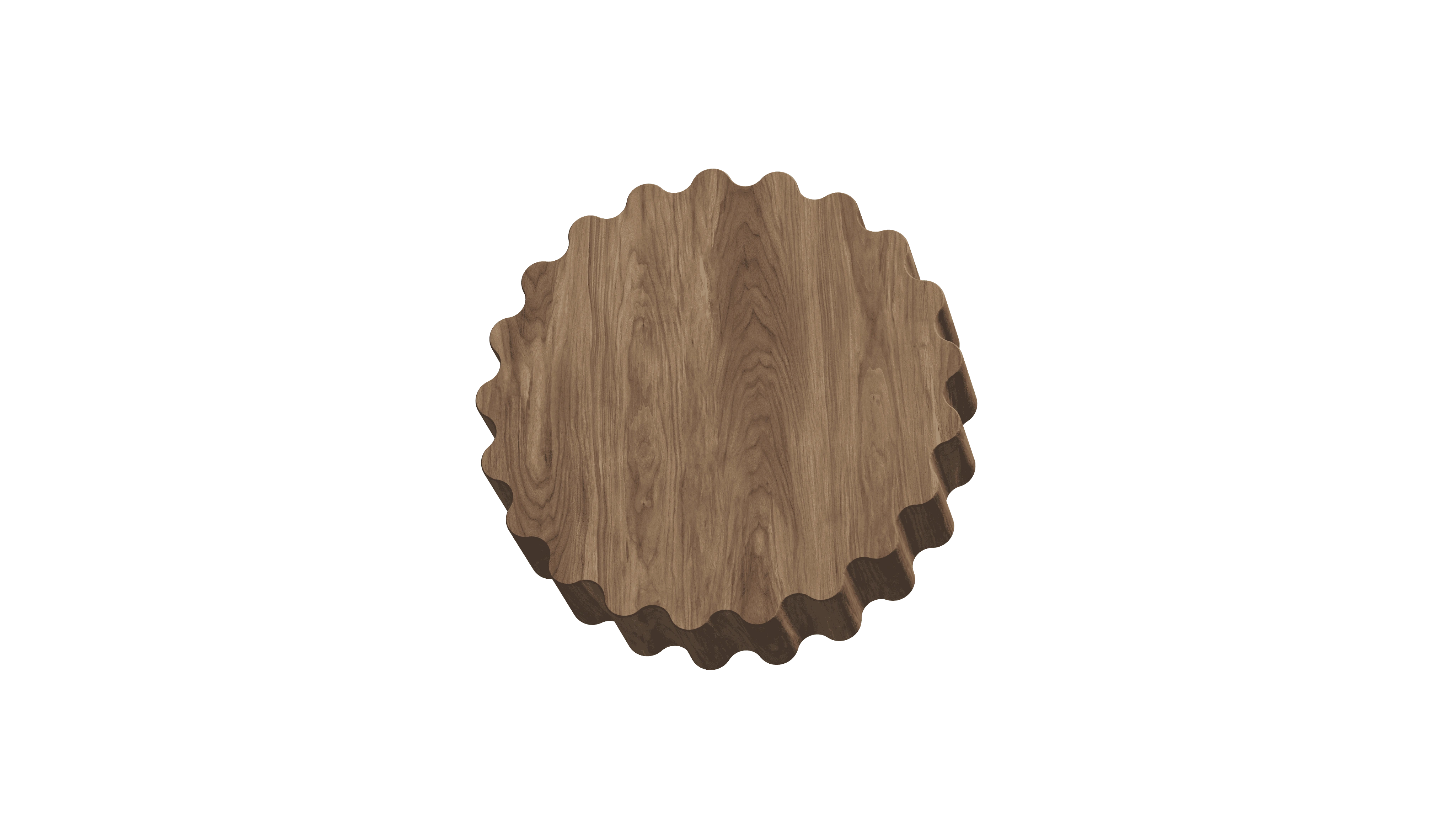Advantages of traveling
to Maldives
Historic Coral-Stone Landmarks
Discover 17th-century Hukuru Miskiy (Old Friday Mosque), built from carved coral stone in 1658, and explore the adjacent Minaret—testaments to Maldivian craftsmanship and Islamic heritage
Vibrant Local Markets & Cuisine
Wander Malé’s colorful fish market at sunrise, sample street-food staples—garudhiya (fish broth), mas huni (tuna-coconut salad), and hedhikaa snacks—and dine at family-run cafés where Dhivehi flavors come alive.
Lagoon Excursions & City-Side Beaches
Swim and snorkel in the calm turquoise waters off Artificial Beach, charter a traditional dhoni for sunset cruises, or join guided sandbank picnics framed by Malé’s skyline and distant atolls.
Historic Coral-Stone Landmarks
Discover 17th-century Hukuru Miskiy (Old Friday Mosque), built from carved coral stone in 1658, and explore the adjacent Minaret—testaments to Maldivian craftsmanship and Islamic heritage
Vibrant Local Markets & Cuisine
Wander Malé’s colorful fish market at sunrise, sample street-food staples—garudhiya (fish broth), mas huni (tuna-coconut salad), and hedhikaa snacks—and dine at family-run cafés where Dhivehi flavors come alive.
Lagoon Excursions & City-Side Beaches
Swim and snorkel in the calm turquoise waters off Artificial Beach, charter a traditional dhoni for sunset cruises, or join guided sandbank picnics framed by Malé’s skyline and distant atolls.

Useful articles
and recommendations from experts
Tourism in Malé: Your Ultimate Travel Guide
Introduction: Malé’s Unique Island-City Appeal
Malé, the capital and most populous city of the Maldives, is a compact urban gem perched on the southern edge of North Malé Atoll. With an administrative population of 211,908 (2022) living on just 8.30 km2, Malé ranks among the world’s most densely populated cities [oai_citation:1‡Wikipedia](https://en.wikipedia.org/wiki/Mal%C3%A9?utm_source=chatgpt.com). Despite its diminutive size, the city blends centuries-old Islamic architecture, vibrant street life, and easy access to turquoise lagoons—offering travelers a microcosm of Maldivian culture before they venture to outlying resort islands.
Getting There & Around the City
Arrival: International flights land at Velana International Airport on Hulhulé Island. From the seaplane terminal or speedboat jetty, scheduled transfers whisk you to Malé in under 30 minutes by speedboat or via the Sinamalé Bridge by road.
Local Transport: Within Malé’s four districts (Henveiru, Galolhu, Maafannu, and Machangolhi), walking is the easiest mode—distances rarely exceed 2 km. For quick hops, taxis and electric tuk-tuks offer point-to-point service; buses cross the bridge to Hulhumalé and ferry terminals. Always agree on taxi fares in advance, as many drivers operate without meters.
Historic & Cultural Landmarks
- Hukuru Miskiy (Old Friday Mosque): Constructed in 1658 from intricately carved coral stone, this mosque and its adjacent minaret showcase elegant Arabic calligraphy and geometric patterns—preserved as Malé’s oldest surviving structure [oai_citation:2‡visitmaldives](https://visitmaldives.com/en/places/hukuru-miskiiy?utm_source=chatgpt.com). Dress modestly and remove shoes before entering the courtyard.
- Mulee Aage Palace: Once the sultan’s residence, this colonial-style building now houses the President’s official offices. Its pastel façade and manicured gardens invite photos and guided history talks.
- Medhu Ziyaaraiy Tomb: Across from Hukuru Miskiy, this mausoleum honors Abu al-Barakat Yusuf al-Barbari, credited with converting the Maldives to Islam in 1153. Pilgrims light incense and offer prayers year-round.
- National Museum: Set in the former Sultan’s palace, exhibits include royal crowns, ancient coins, and Dhivehi artifacts—providing context on Maldivian monarchy, Buddhism, and Islamic conversions.
Vibrant Markets & Local Flavors
- Malé Fish Market: At dawn, head to the waterfront market where fishermen unload yellowfin tuna and reef fish. Witness local women haggling over prices, then taste freshly seared fish skewers, grilled octopus, and the national dish garudhiya (fish broth) served with lime, chili, and rice [oai_citation:3‡Wikipedia](https://en.wikipedia.org/wiki/Mal%C3%A9?utm_source=chatgpt.com).
- Fish Street & Produce Stalls: Adjacent lanes teem with fruit vendors selling papaya, mango, and bananas; spice merchants offering curry powders and chilies; and coconut-milk stalls—quench your thirst with fresh coconut water topped with local honey.
- Hedhikaa Street-Food Crawl: In the afternoon, sample gulha (fried tuna dumplings), masroshi (stuffed flatbreads), and sweet bondibaiy—all prepared in tiny hotaa cafés lining Majeedhee Magu.
- Family-Run Cafés: For a sit-down meal, seek out local cafés near Chandhanee Magu, where you can savor mas huni (tuna-coconut salad) with roshi flatbread, accompanied by Maldivian tea.
City-Side Beaches & Lagoon Escapes
- Artificial Beach: Reclaimed shoreline on the eastern coast offers gentle swimming, sun loungers, and beachfront cafés. Weekends draw local families for picnics and volleyball matches.
- Sandbank Picnics: Charter a traditional dhoni boat for a half-day trip to nearby sandbanks—private tables under sunshades, barbecue grills, and snorkeling gear create an idyllic out-of-city retreat.
- Snorkeling in the Harbor: Explore shallow reef patches near Malé’s port, spotting colorful parrotfish, butterflyfish, and sea cucumbers. Guided eco-tours emphasize reef conservation and proper snorkeling etiquette.
- Sunset Cruises: Evening dhoni sails around North Malé Atoll offer champagne toasts and views of the city skyline aglow—ideal for couples and photography enthusiasts.
Local Festivals & Cultural Events
- Ramadan & Eid Celebrations: During Ramadan, the city adopts a tranquil rhythm by day then bursts into communal feasting at night—street stalls open for iftar with dates, flatbreads, and sweet desserts.
- National Day (July 26): Parades, flag-raising ceremonies at Republic Square, and cultural performances celebrate Maldivian independence—catch traditional dances and music in Henveiru Market Square.
- Independence Day (July 26) Fireworks: Spectacular fireworks over the lagoon draw crowds to Boatswain’s Terminal and Ocean Tower area for prime views.
- Local Art Exhibitions: Monthly rotating shows at the National Art Gallery feature Dhivehi painters, sculptors, and photographers—guided by curators explaining contemporary Maldivian art themes.
Day Trips & Nearby Island Adventures
- Hulhumalé & Hulhulé: Stroll modern Hulhumalé’s planned streets and parks; visit the aquarium at National University of Maldives. Continue by causeway to Hulhulé Island for duty-free shopping and airport birdwatching hides.
- Thulusdhoo Surfing: A short speedboat ride west brings you to “Cokes” break—world-class waves for surfers, plus island cafés serving fresh tuna curry.
- Maafushi Guesthouse Day Trip: Experience local-island life on Maafushi: guesthouse lunch, community beachside yoga, and a marine-biology-led reef conservation talk at Bikini Beach.
- Addu Atoll Sightseeing: For longer escapes, domestic flights to Gan allow visits to historic British naval installations, Addu Nature Park mangroves, and remote snorkel spots.
Practical Tips & Cultural Etiquette
- Dress Code: In Malé and inhabited islands, cover shoulders and knees (sarong or wrap) when visiting mosques and local homes; swimwear is confined to resort beaches and designated public beaches.
- Modesty at Mosques: Remove shoes, women should wear headscarves, and all visitors speak softly in prayer areas. Friday Mosque guided tours often require small entrance fees to support maintenance.
- Currency & Payments: Maldivian Rufiyaa (MVR) is official currency; USD widely accepted. ATMs in Malé dispense Rufiyaa; credit cards work at larger establishments but carry cash for local cafés and taxis.
- Language: Dhivehi is official; English widely spoken. Learning basic greetings—“assalaamu alaikum” (peace be upon you), “shukuriyaa” (thank you)—is appreciated by locals.
- Safety & Health: Tap water is desalinated but best to drink bottled or filtered water. Sun protection critical in equatorial sun; follow snorkeling-safety briefings and avoid touching coral.
Why Malé Is an Essential Start to Your Maldivian Journey
Malé encapsulates the Maldives’ rich tapestry: centuries-old mosques standing beside modern high-rises, local markets alive with Dhivehi flavors, and turquoise lagoons lapping city shores. As the administrative and cultural heart, Malé offers an authentic glimpse into island life—where community rhythms, historic narratives, and marine wonders converge. By beginning your Maldivian adventure here, you gain context and connection that enrich every subsequent resort or atoll stay. From the carved coral walls of Hukuru Miskiy to the sea-salt breeze of sandbank picnics, Malé’s compact charm ensures your travel memories are as deep and varied as the Indian Ocean itself.
Final Note
We provide expert insights and up-to-date recommendations on arrivals, accommodations, and activities—so you have all the information you need to plan and enjoy your Malé adventure to the fullest.

